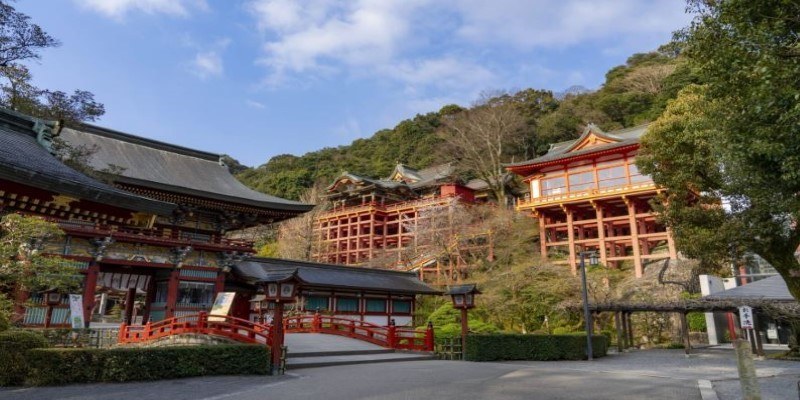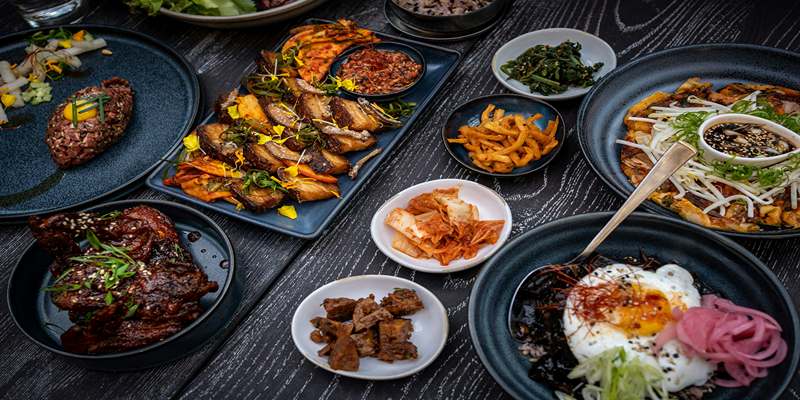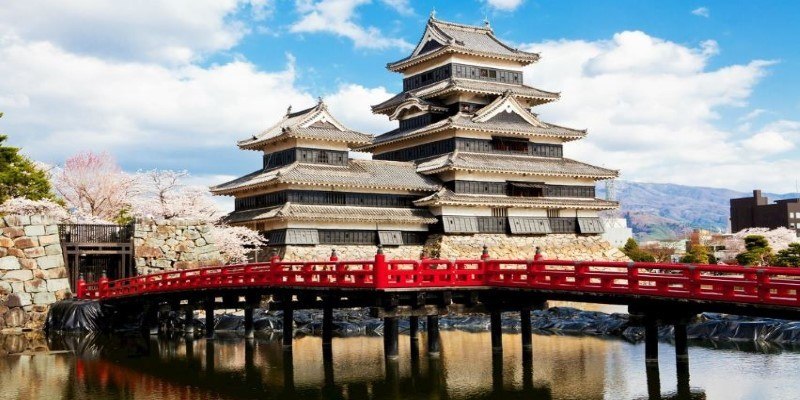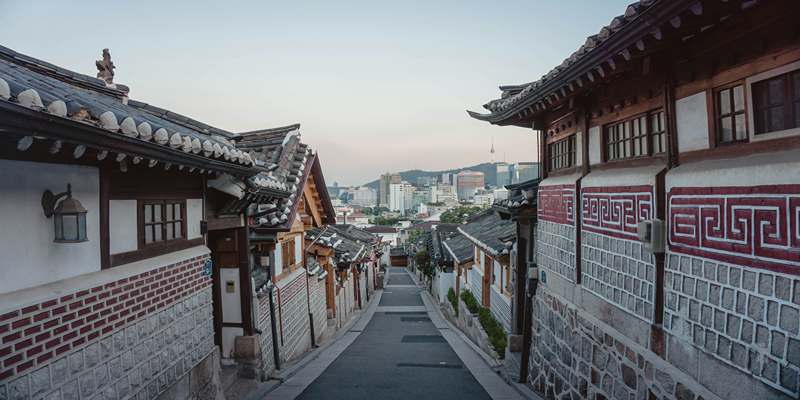You can see the history and culture of Korea in the many flavors, textures, and traditions found in its cooking. In South Korea, food is important whether you’re in the city or the countryside. This article highlights the top 10 Korean dishes that embody Korean food history. These dishes are perfect if you’re visiting Korea for the first time or have traveled here countless times.
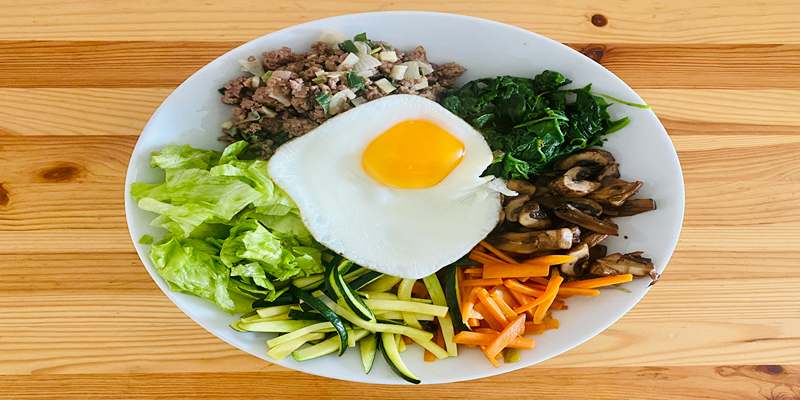
Bibimbap: The Mixed Rice Delight
This Korean dish, called bibimbap, is made with steamed rice covered with several vegetable sides, thinly sliced meat (usually beef), a fried egg, and some gochujang, a chili paste. It combines different flavors and textures to give you a meal that is nutritious as well as delicious. Jeonju, the Korean city famous for its cuisine, is where bibimbap was born, and it has now earned love not only in Korea but internationally as well.
Kimchi: Korea's Fermented Treasure
Kimchi is a popular dish in Korean food because of its strong taste and nutritional value. Kimchi is made by mixing napa cabbage and Korean radish with chili pepper flakes, garlic, ginger, and fish sauce. In addition to flavoring the dish, fermentation results in more probiotics, which are beneficial for the gut. Kimchi is always present as an added character that introduces a spicy and sour flavor to most meals in Korea.
Korean Fried Chicken: Crispy and Flavorful
The sauce on the outside and its unique crispness make Korean fried chicken special. Unlike the usual fried chicken, the Korean way involves a double frying that leaves the chicken both light and crispy. A typical sweet and spicy sauce for chicken made from gochujang, garlic, and soy sauce results in blended flavors that are very pleasant. It’s usually eaten with a cold beer during get-togethers and parties.
Kimchi Jjigae: The Comforting Stew
Kimchi jjigae has kimchi that has been fermented for some time, adding both depth and a tangy flavor. To make a stew, you usually add tofu, pork belly, and various vegetables, simmering them until the dish is rich and cozy. During chilly weather, kimchi jjigae is enjoyed by Korean families for its delicious and hearty meal, especially on cold days. One way to have it is steaming hot in a stone pot with steamed rice and some side dishes (banchan).
Bulgogi: Marinated Beef BBQ
When the meat soaks in the marinade, it becomes tender and picks up a sweet and savory flavor. Typically, bulgogi is grilled outdoors over fire so the meat can get done fast and become flavored by smoke. It is usually eaten by making a tiny hand roll from lettuce, meat, rice, and other sauces.
Jajangmyeon: Black Bean Paste Noodles
The special thing about jajangmyeon is that it involves wheat noodles cooked with black bean paste. The sauce, which is called chunjang, uses fermented soybean paste to give the dish its unique flavor. Usually, stir-frying pork and vegetables with rice noodles produces a hearty and filling meal. Jajangmyeon is a favorite meal in Korea, whether people are feasting for celebrations or just feeling peckish. Chinese people who moved to Korea adopted their own traditions to suit the local audience, creating this special plate of food.
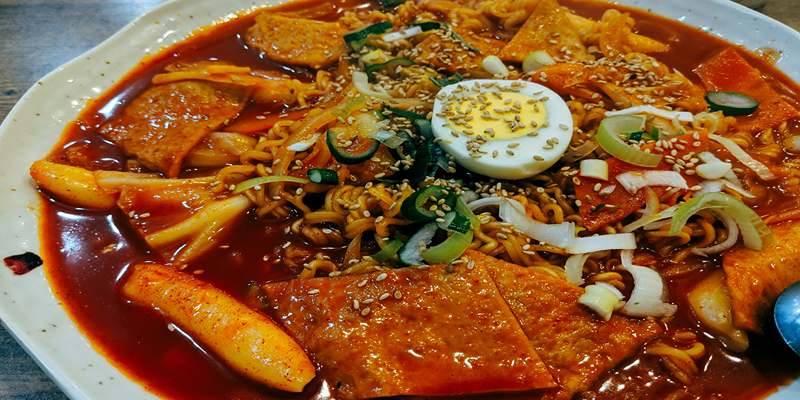
Tteokbokki: Spicy Rice Cakes
This Korean street dish is made by cooking soft rice cakes (tteok) in a gochujang recipe that is both spicy and sweet. Usually, the signature dish is made with fish cakes, boiled eggs, and scallions for a tasty snack. Even though the dish started as a favorite among royals, it is now enjoyed by everyone. Many street food stalls in Myeongdong and Insadong have these delights and serve the hot and fresh ones right to customers. A mix of spicy, sweet, and savory tastes makes this dish a favorite for many.
Gimbap: Korean Rice Rolls
Gimbap, commonly called Korean sushi, is made of rice, vegetables, eggs, and different meats wrapped in seaweed. Rice and prep_food in gimbap are all cooked, which explains why it is so convenient to carry around. Adding sesame oil and a little salt to the rice improves its taste. Gimbap suits picnics, school meals, lunch boxes, and anyone looking for something balanced on the go. The dish is available in Korean delis and restaurants, where they make it fresh and cut it into small pieces.
Sundubu Jjigae: Silken Tofu Stew
Sundubu Jjigae is a beloved Korean stew known for its comforting heat and rich, flavorful broth. It features silken, uncurdled tofu as the main ingredient, giving it a smooth and delicate texture. The stew is commonly made with a mix of vegetables, such as mushrooms, zucchini, and onions, along with optional seafood like clams or shrimp for added depth. A generous amount of Korean chili paste (gochujang) or chili flakes (gochugaru) provides its signature spice. Just before serving, a raw egg is cracked into the center, where it cooks gently in the broth, enriching the flavor.
Dak Galbi
It combines spicy marinated chicken with a vibrant mix of vegetables and chewy rice cakes. Originating from the city of Chuncheon, it quickly became a favorite across Korea and among visitors for its bold flavors and interactive dining experience. It's stir-fried at the table on a hot iron griddle alongside cabbage, sweet potatoes, scallions, and sometimes noodles or cheese, allowing diners to watch, hear, and even participate in the cooking process. This social style of eating makes dak galbi a fun and memorable meal, especially when shared in a group. Once the main ingredients are finished, some diners even stir-fry leftover sauce with rice to create a delicious fried rice at the end.
Conclusion
Experiencing Korean cuisine means enjoying a variety of delicious and old traditions. Tasting Korean fried chicken or kimchi jjigae allows you to discover the unique flavors of Korean cuisine. You can experience the thrill of bibimbap or the joy of samgyeopsal with friends and always find something special about Korean dishes. Experience the many rich flavors and textures and allow each meal to introduce you to more about Korean food.

